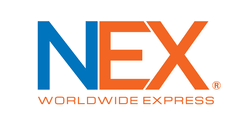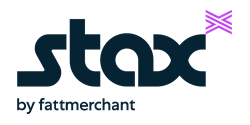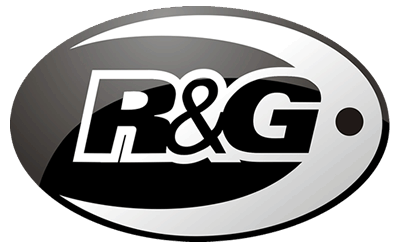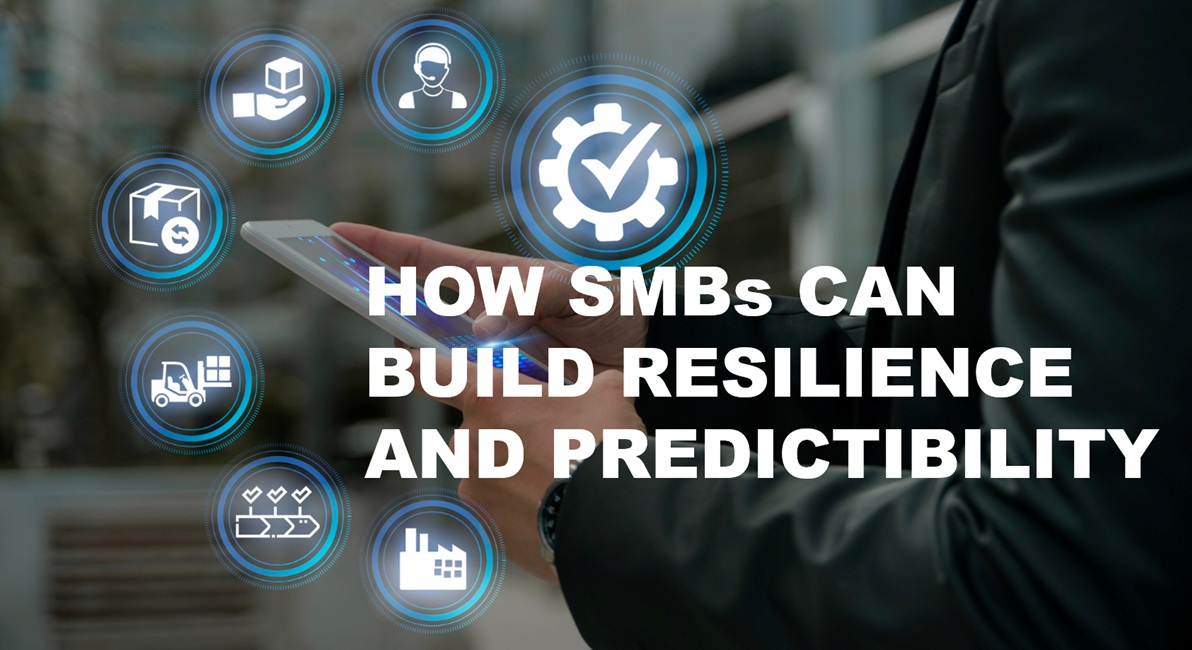The Supply Chain Reboot: How SMBs Can Build Resilience and Predictability
In today’s unpredictable global economy, small and medium-sized businesses (SMBs) face more supply chain disruptions than ever before. From delayed shipments and volatile fuel costs to unpredictable customs bottlenecks, one weak link can bring the entire process to a halt.
For many SMBs, these disruptions are not rare setbacks—they are recurring challenges that threaten customer satisfaction and profitability. While large enterprises have the resources to absorb shocks, SMBs must think smarter, move faster, and leverage technology to stay ahead.
This blog explores how modern businesses can reboot their supply chains using technology, agility, and data intelligence to ensure resilience, transparency, and predictability.
Why Supply Chain Resilience Matters for SMBs
When supply chains fail, customers don’t wait. A single delay can lead to hundreds of missed deliveries, frustrated buyers, and damaged brand credibility.
A recent survey by Deloitte found that over 70% of SMBs reported losing customers due to late or unpredictable delivery times.
So, why does resilience matter so much for SMBs?
Because in a competitive landscape, trust is your biggest differentiator. When customers know they can count on your brand for reliable fulfillment, they stay loyal.
Key reasons SMBs must focus on resilience:
• Customer retention: Reliable delivery builds trust and repeat purchases.
• Operational efficiency: Reduced delays mean better inventory flow and lower storage costs.
• Business continuity: A resilient supply chain ensures stability during market fluctuations.
• Competitive advantage: Agile businesses adapt faster and capture new opportunities.
Common Supply Chain Pain Points for SMBs
Let’s face it, most SMBs still rely on fragmented systems or manual tracking methods. These create blind spots across sourcing, logistics, and customer fulfillment.
Here are the top challenges SMBs often face:
- Limited visibility: Without real-time tracking, it’s hard to identify where delays occur.
- Dependence on third parties: Logistics providers often operate in silos, making coordination complex.
- Rising transportation costs: Fuel price fluctuations and customs delays impact delivery margins.
- Inaccurate demand forecasting: Overstocking or understocking leads to revenue loss.
- Manual data management: Spreadsheets and disconnected tools slow down decision-making.
If these sound familiar, you’re not alone. The good news? There’s a way forward.
The Tech-Driven Reboot: How SMBs Can Transform Their Supply Chains
Digital transformation isn’t just for large enterprises anymore. SMBs today can access affordable, scalable technologies that empower them to compete on equal footing.
Here’s how to make your supply chain more predictable and future-ready:
Leverage Real-Time Visibility Tools
Visibility is the foundation of control. Integrating IoT-enabled tracking systems and connected dashboards allows you to monitor shipments, warehouse stock, and transportation in real time.
- Get instant alerts for delays or route changes.
- Identify bottlenecks before they impact customers.
- Offer accurate delivery ETAs and transparency to clients.
This not only improves reliability but also builds confidence across your supply chain partners.
Adopt Data-Driven Demand Forecasting
Artificial Intelligence (AI) and Machine Learning (ML) can predict demand patterns using historical data, seasonal trends, and external factors like weather or local events.
With smarter forecasting, you can:
- Reduce overstocking and storage waste.
- Ensure timely procurement based on accurate demand.
- Maintain just-in-time inventory for lean operations.
Predictive analytics transforms decision-making from reactive to proactive—helping you plan for what’s next, not just respond to what’s happening.
Automate Key Processes for Speed and Accuracy
Manual operations are prone to human error and slow response times. Automation streamlines everything from inventory tracking to purchase orders and shipping notifications.
Examples include:
- Auto-generated restock alerts.
- Integration between eCommerce platforms and warehouse systems.
- Automated order confirmations and delivery updates.
By automating repetitive workflows, your team can focus more on strategy and less on firefighting.
Use Cloud-Based Collaboration Platforms
Collaboration is critical in a distributed supply chain. Cloud-based tools allow suppliers, logistics partners, and internal teams to work in sync with shared data and communication channels.
- Benefits include:
- Centralized data access for all stakeholders.
- Faster response to changes or issues.
- Transparent audit trails for accountability.
Platforms like ERP and SCM solutions can be customized to match the specific needs of SMBs—no enterprise-level complexity required.
Implement Smart Logistics and Route Optimization
Fuel and transportation costs are two of the biggest expenses in supply chain management. Smart logistics systems can help reduce both.
Using AI-driven route optimization tools, SMBs can:
- Find faster, more cost-efficient delivery routes.
- Track vehicle performance and reduce idle time.
- Minimize carbon footprint with eco-friendly logistics planning.
These efficiencies directly translate into lower costs and happier customers.
Building Predictability: The New Competitive Edge
In an era of global uncertainty, predictability is priceless. The ability to anticipate challenges and act quickly defines the next generation of successful SMBs.
- To achieve that level of predictability, focus on these pillars:
- Transparency: Share accurate delivery information with customers.
- Proactivity: Use data insights to anticipate disruptions.
- Flexibility: Diversify suppliers and logistics options.
- Sustainability: Align operations with eco-friendly practices.
When your supply chain is transparent and responsive, your business can withstand market shifts and still deliver on customer expectations.
Conclusion
Disruptions are inevitable, but chaos doesn’t have to be. With the right mix of technology, automation, and insight, SMBs can build supply chains that not only survive market volatility but thrive in it.
If your business is ready to transform unpredictability into reliability let’s talk about building your future-ready supply chain today.























